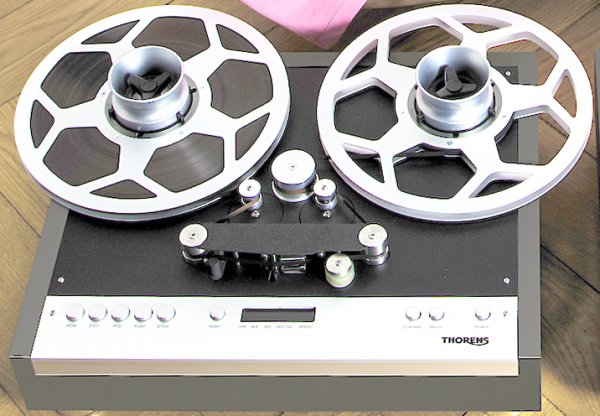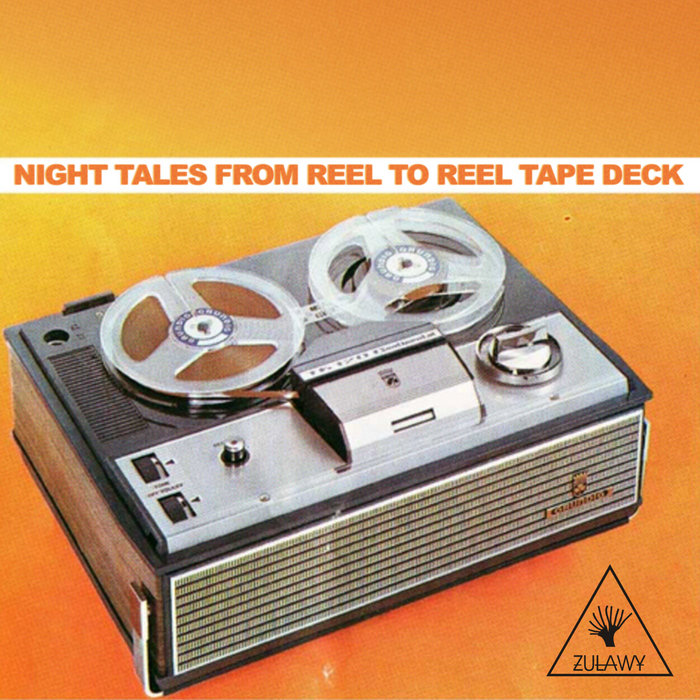
Their operation involved threading the film through the machine, which was difficult to do. Reel-to-reel players take up lots of space, and are very difficult to operate. While it did experience some limited success, it was never a serious competitor to the LP record in this regard. 4 Because of this, reel-to-reel was simply too expensive to be a major competitor in the music industry. However, the system had more drawbacks than advantages, and these would limit it in the commercial market. These advantages made the system appealing from a recording standpoint. The term “splicing” comes from cutting out sections of tape, and gluing them back together. 3 Recording artists could use reel-to-reel recorders to edit sections of music. The system also had one major advantage that simply was not possible with LP Vinyl: one could edit the music. This higher quality made them appealing to music studios. Reel-to-reel would (in the end) come to represent the highest quality recording possible. These recorders used big reels of tape in order to record music. Reel-to-reel recording was the first real form of magnetic tape recording to be developed. This is an image of a reel-to-reel player The rest would either fade into obscurity (one example of this is what happened with reel-to-reel recording), or have to wait for the technology to improve further (such as what happened with the cassette, or the 8-track). The only one of these systems that would go on to achieve a moderate measure of success at the time it was invented the 8-track tape. However, each of these systems presented their own issues, that would prevent them from being adopted at the time. Reel-to-reel recorders, 8-track tapes, and cassettes are some of the more widely known (and used) examples. There are many examples present of systems that used magnetized tape. Because of this, it would not be until the late 1960s that technology for recording on magnetized tape had evolved to the point at which it could compete with the LP record for dominance of the industry. Magnetized tape simply was not able to live up to the standard set by vinyl records at the time. However, at the time that it was first invented, this was not the case. Magnetized tape is the highest quality form of analog recording available. 1This would later go on to become the industry standard that replaced the LP. Originally metal wires were used, however these were later replaced with paper coated in iron oxide.

Magnetic tape recording involves using magnetized tape in order to record sound. The first category is magnetic tape recording. These alternatives can be generally divided up into two categories. Despite the odds, though, some of these alternatives went on to achieve a measure of success at the time, and were later (when the technology had caught up with the audio standards set by the LP Record) adopted as industry standards. However, they also had significant disadvantages that would hinder their performance, and cause the LP Record to be the standard musical format. These potential alternatives had some advantages over the LP Record. Of course the cassette being a listening format not extensively suited for high end listening, it does not make sense to spend mucho bucks behind it in the first place.The potential alternatives to the LP record that existed at the time of its invention are: reel-to-reel, 8-track, the cassette, and the 45 rpm single. If you now account for the fact that most new music hits the indian scene first through piracy (an Example: Riding with the King was relased in India almost 6 months after its international release) and in the form of cassettes, a tape deck makes a lot of sense in our context. This is of course not counting piracy and downloading from K*Z**. Cassettes typically cost $2.50 or so, and if you look at the average GDP of the country, cassettes make more sense for most of the population.

Also most of CDs in India cost about $10, and some about $5-&6. It is much more economical than CDs, which typically constitute (legally) about 5% of music sales. The most widely used format in India is the cassette tape. A great buy by my standards.Īs to the comments on India, there are a few problems, let me clarify what Vivek must've been trying to say.

No Dolby, simple VU meters, etc, and the thing cost under 3000 Rupees. I personally use a Sharp deck with a replacement Ferrite head and overhauled mechanical transport (the really hard push button keys) that is working excellently. Therefore I generally recommend buyin a used deck. I have access to schematics of NAB tape preamps, but they need to be well built (read: No veroboard) to keep noise down. I've built quite a few decks, and there are major problems with the playback quality of commercial designs currently available in India. It depends on what you use it for and how much it costs.


 0 kommentar(er)
0 kommentar(er)
